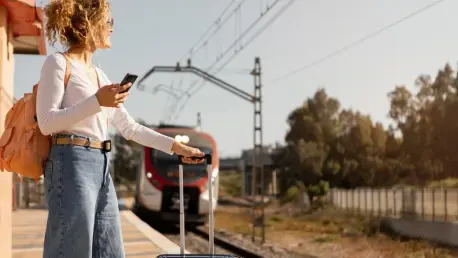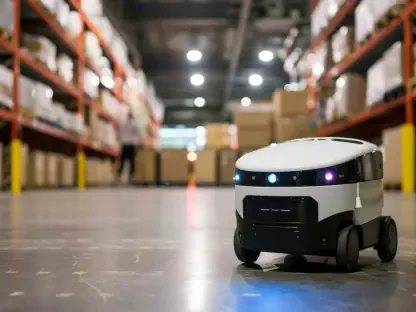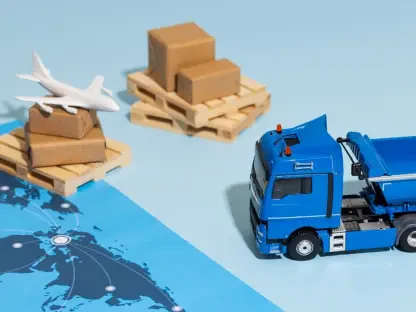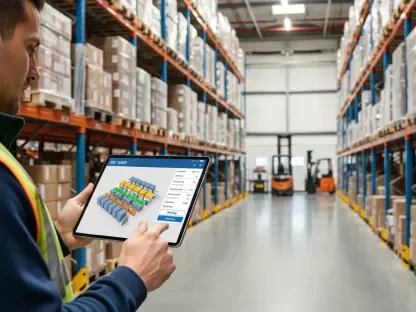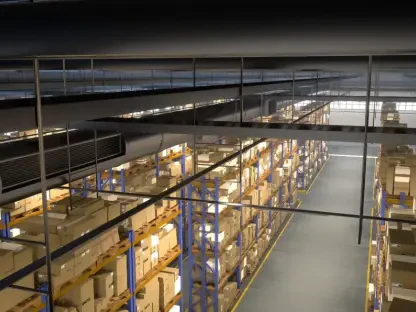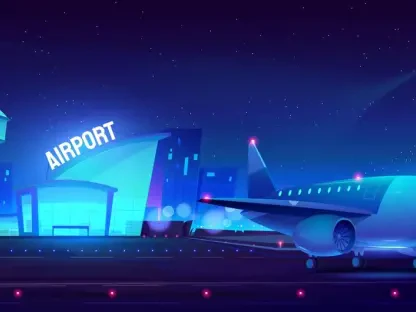Welcome to an exciting conversation about the future of rail travel! Today, we’re speaking with Rohit Laila, a seasoned expert in the logistics industry with decades of experience in supply chain and delivery. Rohit’s passion for technology and innovation has positioned him as a key voice in modernizing transportation systems. In this interview, we dive into the groundbreaking GPS-based ticketing technology currently being trialed in the UK’s Midlands region. We’ll explore how this system works, its benefits for passengers, the challenges and lessons from similar trials abroad, and what it means for the future of rail travel. Let’s get started!
How does this new GPS-based ticketing technology function, and what does it mean for passengers on their daily journeys?
This technology is a game-changer for rail travel. It uses a smartphone app that leverages GPS to automatically track a passenger’s journey. When you board a train, the app detects your location and checks you in, and it checks you out when you leave the station at your destination. At the end of the day, the system calculates the most cost-effective fare based on the trips you’ve taken, so you don’t have to worry about buying individual tickets upfront. It’s all about simplifying the process and making it seamless for travelers.
What are some of the standout advantages of this system for rail passengers in the Midlands?
For passengers in the Midlands, the biggest advantage is convenience. You no longer need to queue up at ticket machines or stress about choosing the right fare in advance. The app handles everything, making rail travel more accessible, especially for those who might find traditional ticketing confusing. Plus, it offers incredible flexibility—since fares are calculated at the end of the day, you’re not locked into a specific ticket type, and the system ensures you pay the lowest possible rate for your journeys.
Can you walk us through how passengers interact with ticket barriers or handle inspections using this app?
Absolutely. For situations like ticket barriers or inspections, the app generates a unique barcode that passengers can display on their phone. This barcode acts as proof of travel and can be scanned just like a traditional ticket. It’s designed to integrate smoothly with existing infrastructure, ensuring that even in a tech-driven system, there’s a familiar element for both passengers and staff to rely on during checks.
Since this technology has been tested in countries like Switzerland, Denmark, and Scotland, what insights from those trials are shaping its rollout in the UK?
The trials in those regions provided valuable lessons on both technology and user experience. For instance, in Switzerland and Denmark, we saw high adoption rates due to the simplicity of the system, but there were challenges with GPS accuracy in rural areas. We’ve worked on improving location tracking for the Midlands trial to address that. Passenger feedback from Scotland also highlighted the need for clear communication about how fares are calculated, so we’re prioritizing transparency here to build trust among UK users.
Who is eligible to join this trial, and what’s the process for getting involved?
The trial is open to passengers traveling on specific routes like Leicester to Derby to Nottingham, with a cap of about 1,000 participants per pilot to ensure we can manage feedback effectively. Anyone interested can sign up through the train operator’s website. Once registered, they’ll receive instructions on downloading the app and setting it up for their journeys. It’s a straightforward process designed to encourage as many people as possible to test this out.
Why were routes like Leicester to Derby to Nottingham chosen for this pilot, and what makes them suitable for testing?
These routes were selected because they represent a mix of urban and suburban travel patterns, which gives us a broad testing ground. They also have a diverse passenger base—commuters, students, and occasional travelers—so we can gather varied feedback. Additionally, the infrastructure in these areas, including ticket barriers and inspection processes, aligns well with the technology’s capabilities, making it an ideal starting point before expanding elsewhere.
With nearly 1 million GBP in government funding backing these trials, how is this investment being utilized to advance the project?
The funding is crucial for several aspects of the trial. A significant portion goes into refining the technology itself—ensuring the app’s GPS tracking is accurate and the fare calculation system is robust. It also supports user education campaigns to help passengers understand how to use the system. Additionally, it covers the operational costs of running a nine-month trial across multiple routes, including collaboration with train operators to integrate this tech seamlessly into their existing setups.
Looking ahead, what is your forecast for the future of GPS-based ticketing in rail travel across the UK and beyond?
I’m incredibly optimistic about the potential here. If the Midlands trial succeeds—and early signs are promising—I see this technology becoming a standard across the UK within the next decade. It could redefine how we think about public transport ticketing, making it as intuitive as tapping a card for a bus ride. Beyond the UK, I believe this could inspire similar innovations globally, especially in regions looking to modernize their transport systems. The focus will always be on passenger experience, and I think we’re just at the beginning of a major shift toward smarter, more flexible travel solutions.
